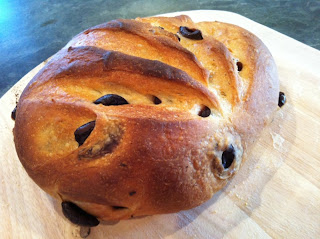 Mash for 90 minutes then boil for 90 minutes. This shot shows when the proteins get so hot they boil over, so you have to spray water or blow on it..until they are hot enough and sink back to the bottom. "Hot break"
Mash for 90 minutes then boil for 90 minutes. This shot shows when the proteins get so hot they boil over, so you have to spray water or blow on it..until they are hot enough and sink back to the bottom. "Hot break" 
 Aerate and then pitch the yeast in a fermentor, seal with an airlock. Airlocks allow CO2 to be formed in the fermentor without blowing the thing up. A beersplosion would be a party foul. CO2 escapes through a water or sanitizer seal...that thing on top that looks like it comes in a chemistry set for kids.
Aerate and then pitch the yeast in a fermentor, seal with an airlock. Airlocks allow CO2 to be formed in the fermentor without blowing the thing up. A beersplosion would be a party foul. CO2 escapes through a water or sanitizer seal...that thing on top that looks like it comes in a chemistry set for kids. 
After a couple of weeks, into a keg and carbonate, then put it in my 3 tap kegerator. I just replaced the single tap with a 3 tap...variety is nice. Right?
Hefeweizen is a German wheat beer. Residents of Munich are said to drink 75 gallons of beer per person per year and in the summer a good part of that is Hefeweizen. Oh well...it's spring but in Texas that's hot enough for some light beer. Hef is a light golden beer with an off white head with hints of citrus and banana. It's often served with a slice of orange. 2 weeks til drinkability...I think this one is going to be great. Expected alcohol content 4.5%, average to low compared to many beers...and I thought the Germans could drink. I think I'm part German? Speer drinks beer, ya that sounds right.



















